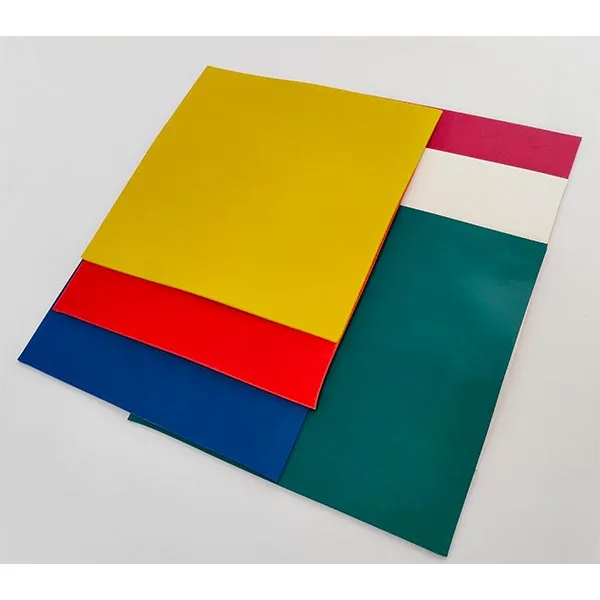door rubber seal side
Understanding Door Rubber Seal Sides Importance, Types, and Maintenance
Door rubber seals, often referred to as weatherstripping, play a crucial role in enhancing the functionality of doors in residential and commercial settings. These seals are designed to fit along the edges of doors, providing a barrier against external elements such as water, wind, dust, and noise. This article explores the importance of door rubber seal sides, the different types available on the market, and maintenance tips to extend their lifespan.
The Importance of Door Rubber Seals
One of the primary functions of door rubber seals is to improve energy efficiency. A well-sealed door prevents air leaks that can lead to significant energy loss. During the winter, cold air can seep inside, while in the summer, conditioned air can escape, forcing heating and cooling systems to work harder than necessary. By utilizing high-quality rubber seals, homeowners can maintain a more consistent indoor temperature, leading to lower energy bills and a reduced carbon footprint.
Moreover, rubber seals provide protection against water intrusion. Especially for exterior doors, a robust seal ensures that rainwater does not seep into the home, which can cause structural damage and promote mold growth. Soundproofing is another benefit; rubber seals help minimize noise pollution from outside, creating a quieter and more peaceful living environment.
Types of Door Rubber Seals
There are several types of door rubber seals available, each designed to meet specific needs
1. Compression Seals These seals are made of flexible rubber material and compress tightly when the door is shut. They are ideal for standard interior and exterior doors and provide excellent insulation.
2. Magnetic Seals Often used in refrigerators and specialized entryways, magnetic seals create a strong closure due to their magnetic properties. They offer an airtight fit, which is beneficial for maintaining temperature control.
3. Draft Stoppers While not always rubber, these seals can be placed along the bottom of doors to prevent drafts. They are particularly useful for exterior doors and can be easily removed or adjusted.
door rubber seal side

4. Vinyl Seals These rubber-like seals are durable and resistant to environmental factors. They come in various shapes and sizes, making them suitable for a range of door configurations.
Each type has its advantages, and the choice depends on factors such as the specific application, climate conditions, and personal preferences.
Maintenance Tips for Door Rubber Seals
To ensure the longevity and effectiveness of door rubber seals, regular maintenance is necessary. Here are some tips
1. Inspection Periodically check the seals for wear and tear. Look for cracks, tears, or areas where the seal may be separating from the door. Addressing these issues early can prevent larger problems down the road.
2. Cleaning Dirt and debris can accumulate on rubber seals, hindering their performance. Use a mild detergent and water to clean the seals gently. Avoid harsh chemicals that may degrade the rubber.
3. Lubrication If the seals seem stiff or hard to compress, applying a silicone-based lubricant can help restore flexibility. Avoid petroleum-based products, as they can damage the rubber.
4. Replacement Rubber seals do not last indefinitely. Depending on the quality of the material and environmental exposure, they might need replacement every few years. When replacing, choose high-quality seals to ensure durability.
In conclusion, door rubber seals are an essential component for maintaining energy efficiency, preventing water intrusion, and ensuring soundproofing. With various types available and simple maintenance tips to follow, homeowners can enhance their living spaces while contributing to overall comfort and safety. Properly functioning door rubber seals not only improve home performance but also prolong the lifespan of doors, making them a smart investment.
-
Under Door Draught Stopper: Essential ProtectionNewsJul.31,2025
-
Garage Door Seal and Weatherstrips for ProtectionNewsJul.31,2025
-
Edge Banding Tape for Perfect EdgesNewsJul.31,2025
-
Table Corner Guards and Wall Corner ProtectorsNewsJul.31,2025
-
Stair Nose Edging Trim and Tile Stair SolutionsNewsJul.31,2025
-
Truck Bed Rubber Mats for Pickup BedsNewsJul.31,2025
-
Window Weather Stripping for Noise ReductionNewsJul.29,2025